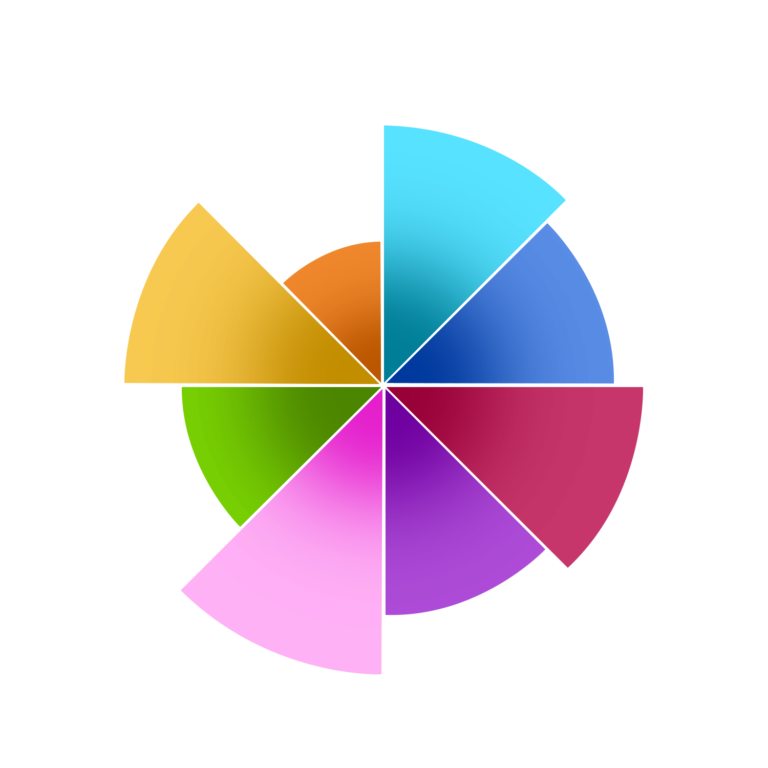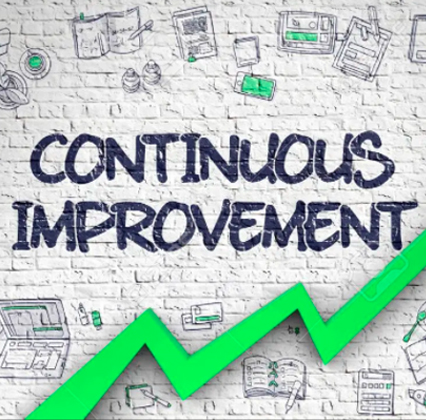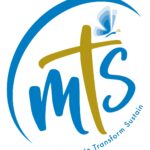Wheel of Life
LBW– No I don’t mean Leg Before Wicket and it’s not cricket, rather it is Life Balance Wheel or Wheel of Life (WOL) as most of you might have come across. More often than not LBW and Work Life Balance (WLB) are spoken interchangeably, but one may notice that the alphabet ‘W’ in both is different- i.e. in the former it is Wheel and the latter it is Work, therefore in my opinion Work is just a Part of the Wheel. LBW/ WOL can be appreciated well, when we try and understand the elements of Life Balance Wheel.

The Wheel as we all know is obviously round and it’s because of this virtue there is movement which enables people to reach their respective destination. The rounder and sturdier the wheel- better and safer is the journey and possibly an on-time arrival. Life Balance Wheel simply means the key elements that matter most in the life span of a human being. Here the key elements represent the Spokes of the Wheel and the distance travelled represents the Life Span and it is important that Spokes are in the right manner/order until the travel comes to an end or finish line.
Typically, there are EIGHT key elements (spokes) in the LBW / WOL, which I have coined them as HOF CARDS and they are as follows;
- Health & Fitness
- Occupational (Business, Career)
- Financial
- Community (Societal)
- Assets / Attainments (Materialistic)
- Relationship
- Development (Personal)
- Spare or Family-Time (Recreation)
It is important for every individual who desires a meaningful and a purposeful life to consider and work on all these EIGHT elements, or else it may result in an extremely good performance in One or Two element(s) and because of less focus or no attention on others, the overall life satisfaction level may not be as desired.
MTS can help you to identify your current level (based on the checklist on Wheel of Life) and facilitate and guide you to arrive at the action plans that will enable you to accomplish success in all spheres of life.
Continual Improvement

Continual Improvement
Most Organisations implement Management Systems and achieve the certification as articulated in the ISO (International Organisation for Standardisation) requirements. Continual Improvement is a requirement of the Management System Standard (MSS) and this is demonstrated by organisations in some form or the other when they are been Audited by the Certification Bodies.
In my opinion, one of the means of addressing this Continual Improvement (normally clause 10.3 of the MSS) requirement is by carrying out a Self- Assessment and then climb up the ladder-i.e., gauging their process maturity level.
A genuine and a methodological Self-Assessment will enable an Organisation to re-invent, innovate new ideas and have an effective prioritization which will result in more efficient operations, increased productivity, creation of a better working environment for their workers and satisfaction of its relevant stakeholders.
The below table provides an Overview of the Performance and the Maturity Level.
Situation – Assessment Result | Name of Performance Level | Maturity Level |
No systematic approach evident, no results, poor results or unpredictable results. | No formal approach | 1 |
Problem- or corrective-based systematic approach; minimum data on improvement results available. | Reactive approach | 2 |
Systematic process-based approach, early stage of systematic improvements; data available on conformance to objectives and existence of improvement trends. | Stable formal system approach | 3 |
Improvement process in use; good results and sustained improvement trends. | Continual improvement emphasized | 4 |
Strongly integrated improvement process; best-in-class benchmarked results demonstrated. | Best-in-class performance | 5 |
However, to arrive at an appropriate Maturity Level various elements across the organisation needs to be considered.
MTS can help you to achieve your desired level of performance as well as maturity by carrying out assessment and facilitating your organisation to reach the desired levels in a well-defined timeline.
